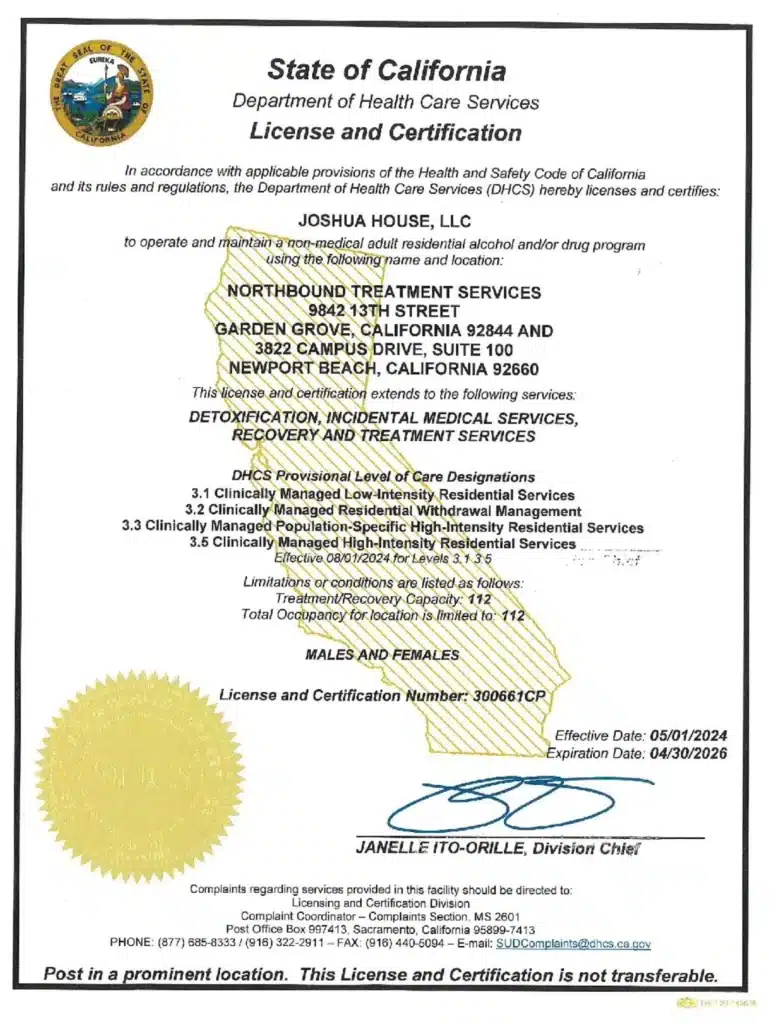Wondering if you can drink alcohol while taking the antibiotic amoxicillin? This question is commonly asked since amoxicillin is used to treat a wide variety of conditions. Learn more about this medication and its effects.
What Amoxicillin Treats
Amoxicillin is a common antibiotic medication used to treat bacterial infections. It will not treat colds, the flu, or infections caused by viruses. It is used to treat bacteria that are beta-lactamase–negative, including for [1]:
- Ear, nose, and throat infections
- Eradication of Helicobacter pylori, a common stomach infection
- Lower respiratory infections
- Urinary tract infections
- Acute bacterial sinus infection
- Skin infections including rash
How Amoxicillin and Clavulanic Acid Work Together
Amoxicillin is a penicillin antibacterial that belongs to the class of beta-lactam antimicrobials. Beta-lactams bind to penicillin-binding proteins, inhibiting a crucial step in cell wall synthesis. This action activates certain enzymes in the bacterial cell wall, resulting in cell wall breakdown and therefore, bacterial cell destruction. This is known as bactericidal killing.
Clavulanic acid can be used with amoxicillin to manage and treat bacterial infections, specifically those that are beta-lactamase producers. It is in the beta-lactamase inhibitor class of medications [2].
If a bacterial strain is beta-lactamase-negative and susceptible to beta-lactam antibiotics, these antibiotics can be used effectively. Amoxicillin can be combined with a beta-lactamase inhibitor, such as clavulanic acid. These inhibitors function by irreversibly binding to the organism’s beta-lactamase enzyme, preventing resistance to the original beta-lactam ring of amoxicillin.
Amoxicillin Interactions: Risks and Side Effects
Amoxicillin is generally a safe, well-tolerated drug that is widely used. Amoxicillin may lead to common gastrointestinal symptoms, including nausea, vomiting, and diarrhea. Additionally, side effects may include [3]:
- Allergic reactions—rash, itching, hives, swelling of the facial area
- Redness, blistering, peeling, or loosening of the skin, including inside the mouth
- Severe diarrhea, fever
- Severe or prolonged vomiting or diarrhea
- Unusual vaginal discharge, itching, or odor
Unlike some other antibiotics, it is safe to drink alcohol with Amoxicillin. However, it is recommended to avoid drinking in excess while you’re taking it. Amoxicillin can cause other potential complications, including gastrointestinal issues, and alcohol can worsen these [4].
Safety Measures: When Is It Safe to Drink Again?
If you’re wondering how long antibiotics stay in the system, Amoxicillin has an approximate half-life of 61.3 minutes, and about 60% of the administered dose is excreted in the urine within 6 to 8 hours. If you miss a dose, just take the next one at the correct time.
What to Do If I Can’t Stop Drinking?
In general there should be little to no interaction with Amoxicillin if you continue drinking, subject to the side effects referenced above.
Help for Addictions and Mental Health in Southern California
For more than 30 years, Northbound Treatment Services in California has been at the forefront of providing lifesaving, compassionate residential care and specialized services to help people from all walks of life feel better, discover themselves, and live free from addiction. We have facilities throughout California, including our Newport Beach drug rehab. Reach out to our admissions team now.
Sources
[1] Akhavan BJ, Khanna NR, Vijhani P. Amoxicillin. [Updated 2023 Nov 17]. In: StatPearls [Internet]. Treasure Island (FL): StatPearls Publishing;
[2] Uto LR, Gerriets V. Clavulanic Acid. [Updated 2023 May 29]. In: StatPearls [Internet]. Treasure Island (FL): StatPearls Publishing
[3] Cleveland Clinic. 2025. Amoxicillin Capsules or Tablets.
[4] Healthline. 2024. Can You Drink Alcohol While Taking Amoxicillin?
Author
-

Program Director
Amanda has been working in the behavioral healthcare field since 2011. During her career, she worked her way through various positions in behavioral healthcare and finally earned a position as a program director over 10 years ago. Amanda initially graduated with her license in vocational nursing and an associate degree with completed certifications in substance use and abuse. Amanda has continued on in her education, and she obtained her bachelor’s degree in the science of nursing obtaining a BSN, and her RN licensure. With a primary background in nursing and medical care, and a proven track record in leadership positions in Behavioral Healthcare, Amanda is the perfect person to manage the daily medical and clinical services of a healthcare treatment facility.
As the Executive Director of Northbound, she utilizes her personal recovery experience coupled with her professional experience to oversee the clinical, medical, and the overall operational function of the organization. She believes that above all else the quality of client care should be the top priority for all the employees at Northbound. She pushes clients to find passion in recovery and to gain meaningful and impactful messages in the group programming to provide lasting recovery.
Amanda has a 17-year-old son. She has a passion for fitness and enjoys Rock Climbing and backpacking in her free time. Her passion for the outdoors plays a major role in her content creation in the daily programming for the schedule at Northbound.








